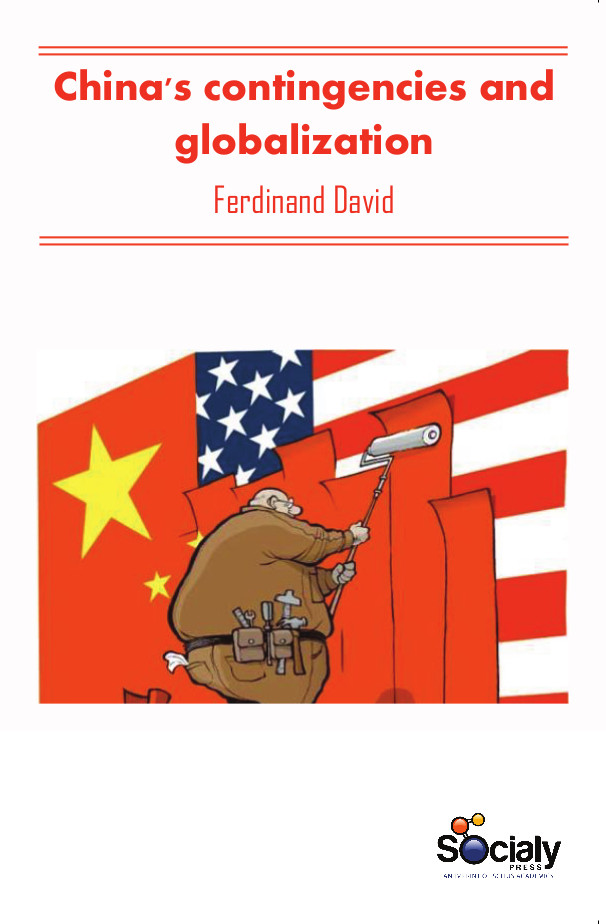As China has become an increasingly important part of the global trading system over the past two decades, interest in the country and its international economic policies has increased among international economists. There is no considerable account of China that doesn’t mark major contingencies. China’s development has been significant, yet its further course hinges on challenges across many terrains. Since this concerns the world’s largest economy and a fifth of humanity, the stakes are large and China’s contingencies take on a dramatic character. The contingencies have been shaped by globalization; how China meets these challenges shapes globalization in turn. The globalization speedily driven by the world economy has been shaping the world in a profound way. With this mega trend, China was able to break the bondage of the Cultural Revolution. It has taken a historical step to initiate a set of policies conducive to reform and liberalization, with modernization as its mission. Such a move has transformed China from a planned economy into a socialist market economy. It leads China in further opening up and integrating with the global economy, which will in turn speed up the progress of modernization in the country. Over the past 20 years, China achieved significant economic growth. If China failed to make such a decisive move, China would miss the golden opportunity to advance its economy. In absence of such a sound external environment created by economic globalization, the effectiveness of China’s open door policy would have been lackluster.
This Book, China’s contingencies and globalization, presents an emphasis on the major constraints and transformations that China faces, primarily on the basis of policy discussions in China. It discusses how these constraints and China’s rebalancing policies narrate to globalization dynamics.
China has moved on from its growth and survival stage to its transformation stage. The keynotes of China changing its model of development in the post-crisis era are its transformation from a production power to a consumer power; the notion that consumption-driven growth best embodies equitable and sustainable growth; and the belief that urbanization, the integration of urban and rural areas, along with institutional innovation, are the best avenues to accomplish these transitions. Implementing this will slow growth rates and run counter to powerful elite interests, so it is a long and winding road.













